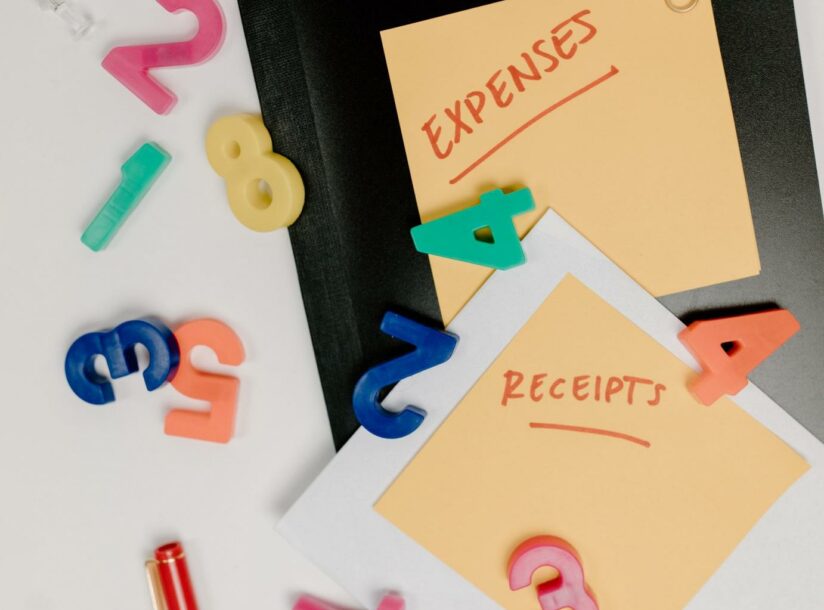What Happens If I Can’t Afford to Pay Back My CERB Debt?

If you’re feeling stressed about having to repay your CERB debt, you’re not the only one. Many Canadians who accepted support from the government during the COVID-19 pandemic are now carrying government debt and have received notice that they are expected to repay their emergency benefits. Because of the extreme circumstances, the government rolled out these benefits very quickly and many working individuals and families received the emergency financial relief without a full understanding of the eligibility requirements and whether they met them. Because of this, many Canadians, like you, have found themselves in an unexpected situation where the Canada Revenue Agency (CRA) has asked for these benefits to be paid back — leaving many wondering “what if I can’t afford to make my CERB repayment?”.
Let’s first clarify exactly what the CERB is and why it was distributed to Canadians.
What is the Canada Emergency Response Benefit (CERB)?
The Canada Emergency Response Benefit (CERB) was a temporary financial assistance program offered by the Government of Canada to support workers who were financially impacted by the COVID-19 pandemic. The program provided eligible individuals with a taxable benefit of $500 per week for up to 28 weeks. CERB was intended to help those who lost their job, were unable to work, or had their income significantly reduced due to COVID-19. The program has since been replaced by other income support programs such as the Canada Recovery Benefit (CRB), the Canada Recovery Caregiving Benefit (CRCB), and the Canada Recovery Sickness Benefit (CRSB).
Now that we have that straight, let’s answer some of your questions about CERB repayment.
Why am I being forced to repay the CERB money I received?
The urgency created by the pandemic led to the government reacting very swiftly (and a bit prematurely) to get some much-needed money to Canadians. Unfortunately, due to the quick and chaotic roll out, some individuals received CERB payments in error.
From mistakes throughout the application process to receiving extra payments by mistake, there are a few reasons why you might be asked to repay the CERB money you received:
- You applied for the CERB but it was discovered at a later date that you weren’t actually eligible because you didn’t meet the income requirements.
- You earned more income than you anticipated when you originally applied to receive CERB. Maybe you went back to work earlier than you anticipated, received retroactive income from employer, or you had additional sources of income coming in that you weren’t receiving at the time you applied.
- You received CERB from both Service Canada and CRA for the same time period.
If you have received CERB payments and are required to repay some or all of the amounts received, you will receive a notification from the CRA or Service Canada outlining the amount you need to repay and the payment options available to you.
How is the Government Collecting CERB Repayments?
Canada Revenue Agency (CRA) is collecting CERB overpayment and other COVID-19 benefit debts on behalf of Service Canada from those who were not eligible for the benefit, or who received more than they were entitled to. The government has put in place several measures to ensure that individuals who owe CERB repayments are held accountable and required to repay the amounts owed. Here are some of the ways the government is collecting CERB repayments:
- Notification and payment arrangements. The government is notifying individuals who owe CERB repayments through various means, including letters, phone calls, and emails. The notice will outline the amount owed, the reasons for the repayment, and the payment options available. Individuals can make payment arrangements with the Canada Revenue Agency (CRA) or Service Canada to repay the amount owed in full or in installments.
- Wage garnishment. If an individual does not make payment arrangements or fails to repay the CERB owed, the CRA can take legal action to collect the debt, including wage garnishment. This means that a portion of the individual’s income will be automatically deducted and paid towards the CERB repayment.
- Refund offsets. The government can also collect CERB repayments by offsetting any future tax refunds or benefits owed to the individual. This means that if an individual is entitled to a tax refund or benefit payment, the amount owed for CERB repayment will be deducted from that amount.
- Legal action. If an individual refuses to repay the CERB owed, the government can take legal action against them. This may include seizing assets or taking legal action to recover the debt owed.
The government is taking CERB repayments seriously and is actively pursuing individuals who owe repayment. It is important to take the repayment process seriously and arrange to repay the amount owed as soon as possible to avoid any legal action. CRA is unlike any other creditor and they can very quickly take extreme steps, and often with very little notice to you.
Once CRA has started legal actions against you, it’s very rare that they will withdraw them. If you find yourself in this situation, working with a Licensed Insolvency Trustee can offer you solutions to make them stop. If you’re struggling to repay your CERB overpayment or any kind of CRA debt, we recommend that you reach out to a Licensed Insolvency Trustee right away to discuss your options to eliminate this debt.
What can I do to repay my CERB tax debt?
File Your Taxes
The first step is to complete and submit any outstanding personal income tax returns as soon as possible. This way, you’ll know exactly how much you owe, and you will be better prepared to figure out how to manage your CERB tax debt.
Establish a Payment Plan with CRA
If, after you’ve filed your taxes and find out how much CERB tax debt you owe, you can’t afford to pay all your CERB tax debt in a lump sum, reach out to the CRA. They will work with you to establish a payment schedule that is manageable with your budget.
You can arrange to pay your CRA debt over time here.
Now, let’s get back to the original question that we started this whole thing off with:
What if I can’t afford to pay back my CERB?
The Office of the Superintendent of Bankruptcy has confirmed that the overpayment of CERB can be included in a consumer proposal or bankruptcy. This means that if you work with a Licensed Insolvency Trustee you can eliminate your government debt (and most other debts) by:
Filing a Consumer Proposal
A consumer proposal is a popular debt management plan that is a great option for many because it allows you to avoid bankruptcy, settle your debts for a fraction of what you’re owing with one monthly, interest free payment, and your assets are protected.
Declaring Personal Bankruptcy
The personal bankruptcy process in British Columbia is confidential, straight-forward, and in many cases the bankruptcy is completed in nine months.
It’s important to note that government-regulated debt solutions, such as a Consumer Proposal or bankruptcy, are only available when you work with a Licensed Insolvency Trustee and a proposal or bankruptcy are the only methods CRA will accept to negotiate or forgive government debts.
If you’re not able to afford your CERB repayment, tax debt, or any other type of unsecured debt, the first step is to schedule a free consultation with a Licensed Insolvency Trustee. A Trustee will explain your debt relief options and help you determine the best solution for your unique financial situation.


